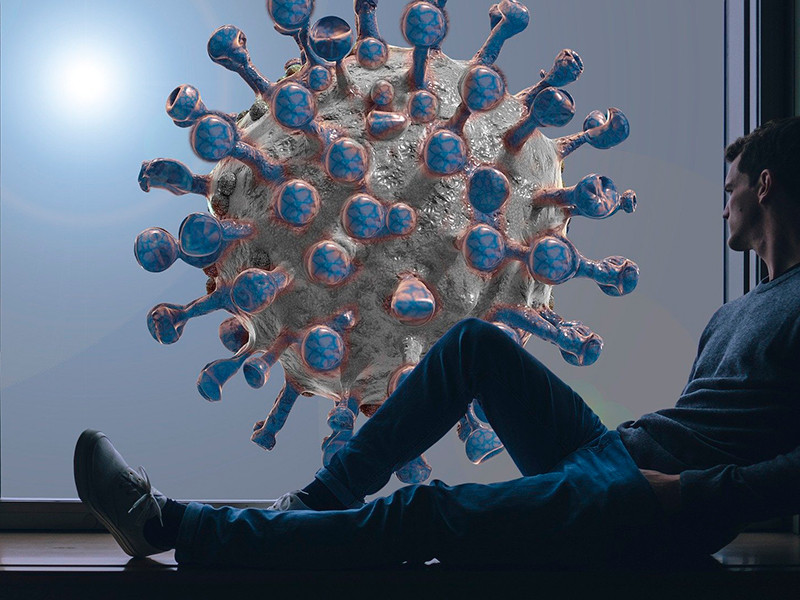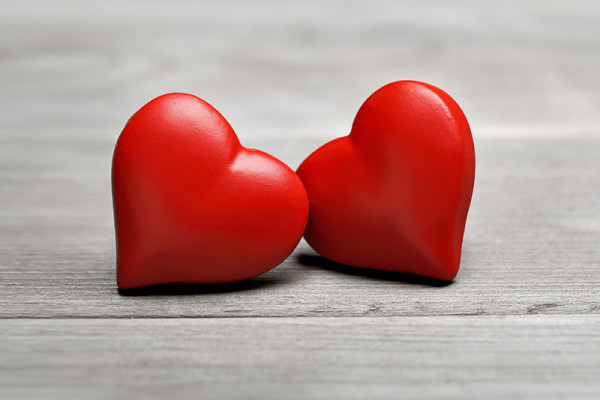COVID-19 vocabulary in English

If we had been told a year ago that we would suffer a pandemic caused by a virus called coronavirus or COVID-19, and that we would be on lockdown for almost two months, we would not have believed it.
However, it happened, we were not allowed out unless we were key workers or had to go and buy essentials.
At first we heard that there was an outbreak of this virus in Wuhan, China, which sounded like it was happening far away and would not reach the rest of the world. However, the virus spread rapidly and suddenly more and more countries had positive cases of VIDOC-19.
Very little was known about this virus, but they began to talk about droplet transmission, droplets are tiny particles that we produce when we sneeze, cough, or even breathe or talk. That is why the use of masks was recommended, so that infected people could not transmit the virus to others.
Social distancing was also recommended, i.e. avoiding crowded spaces and trying to maintain a distance of 1.5 m between people.
Although the virus is still being studied, it is known to spread mainly by person-to-person contact or by touching a surface or object that has the virus and then touching one's eyes, nose or mouth. Therefore, hand hygiene is emphasized, either by frequent hand washing with soap and water or by using a hand sanitizer.
But these three measures were not enough to cope with the surge of patients in hospitals and ICUs (Intensive Care Units), and especially with the high case fatality rate. The health system was starting to become overwhelmed, health workers needed PPE (Personal Protective Equipment), ventilators, PCR tests, etc.
The healthcare system could not afford to collapse, so restrictions were put in place. In order to flatten the epidemic curve and reduce the transmission of the disease, a shelter-in-place order was issued. The people who had the chance, worked at home (WFH, Working From Home), but many companies had to furlough their employees.
We started to hear terms like quarantine, self-isolation, incubation period, asymptomatic people, the apex of the epidemic curve, patient zero, community spread, etc.
We learned how to spend a lot of time locked up in our homes, and we made the most of it by cooking, exercising, enjoying our family, playing with our children, etc. We had spontaneous concerts on balconies, watched series and films and developed our creativity and imagination to cope with the situation.
Once we were allowed to go out, we got used to not being able to hug our loved ones and to greet each other with our elbow (Ebola handshake), and we relaxed, so we are again with restrictive measures. Gatherings of more than six people are banned, bars and restaurants are closed, the use of masks is mandatory, and there is a curfew; each country applies its own measures to reduce the number of infections.
We are dealing with a contagious disease that in many cases does not go beyond causing symptoms such as coughing, fatigue or fever, but in serious cases you suffer shortness of breath or pneumonia.
There is still a lot to learn about this virus, about its behaviour or whether those patients who have passed through the disease have developed antibodies. Clinical trials are underway around the world to find a vaccine that can lead to herd immunity in order to control the disease.
This pandemic will surely bring about changes in different areas of our lives, such as work, social relations, the economy, etc., and we will have to adapt to this new normal that is being talked about so much. Without doubt our generation will have to deeply debate whether the way we have lived up to now is sustainable and if not, find new formulas that will allow us to have a better future.
Artículos relacionados
Comment















